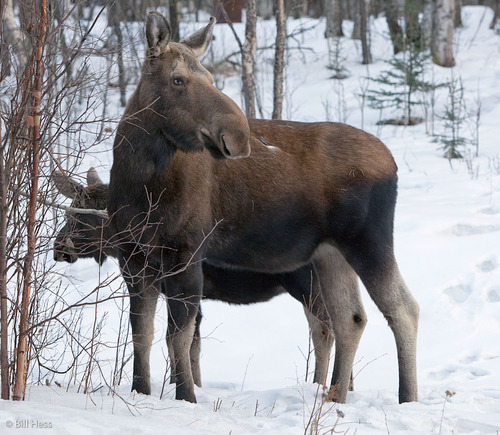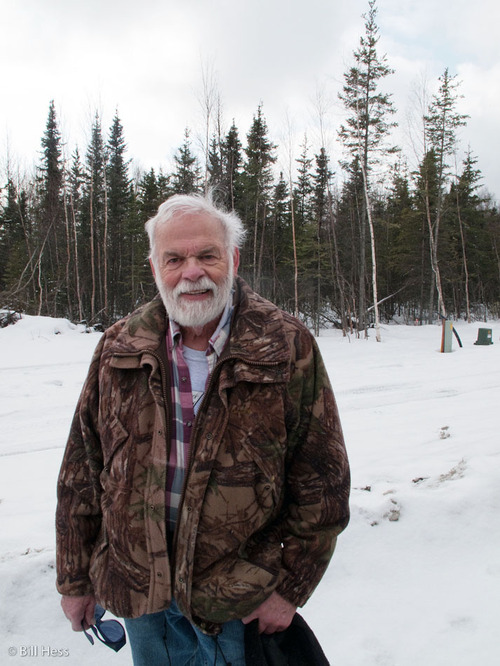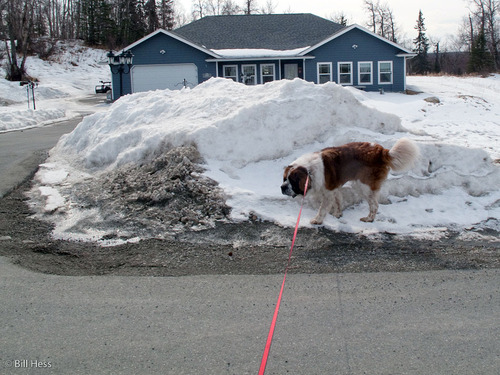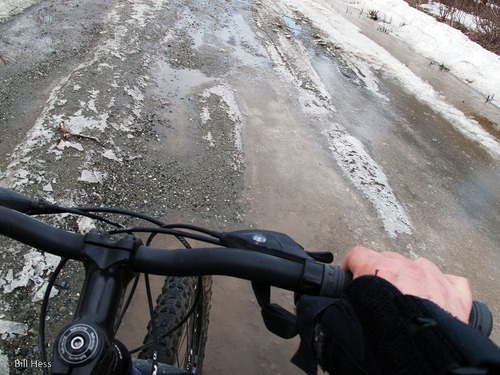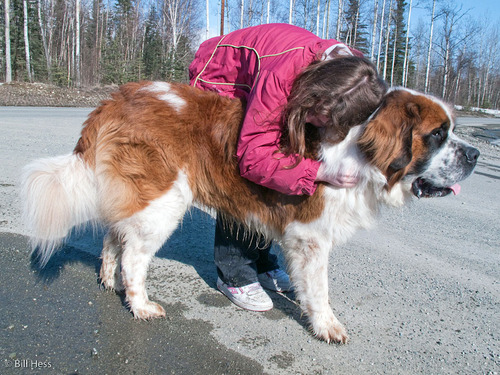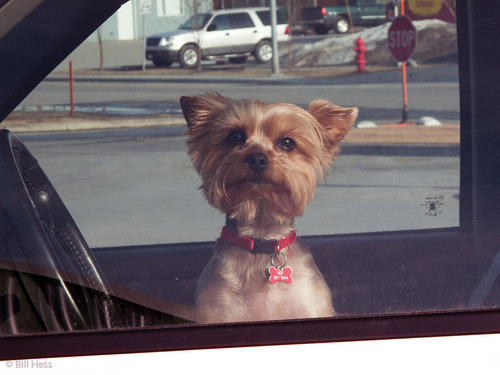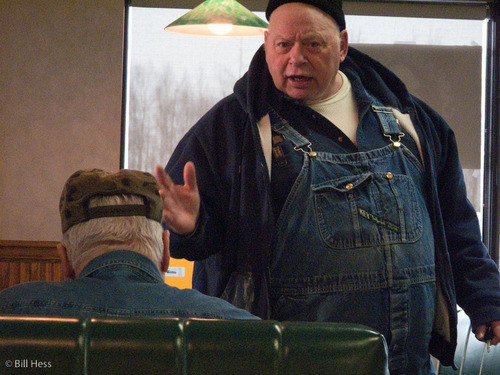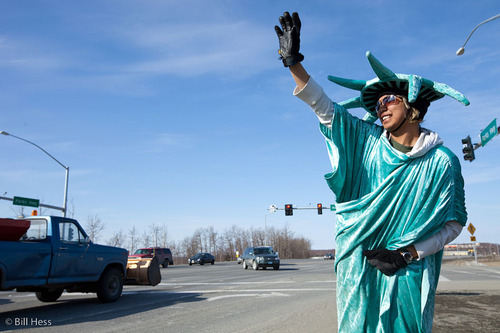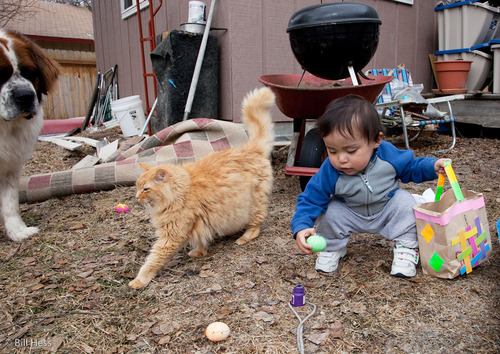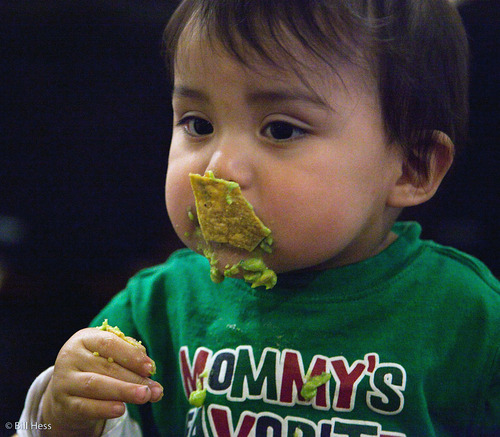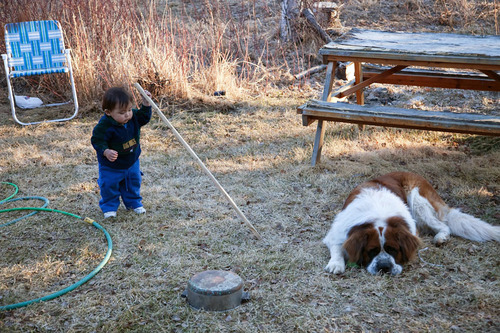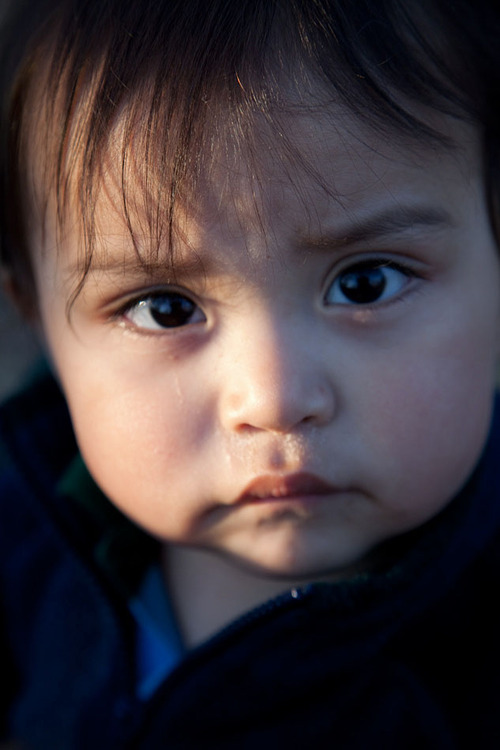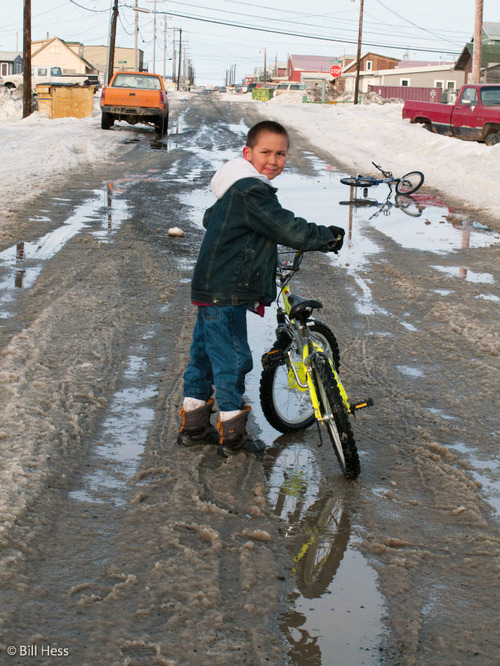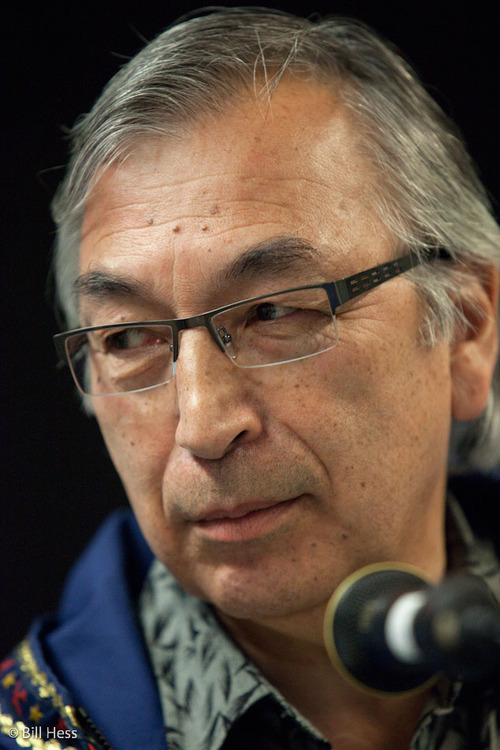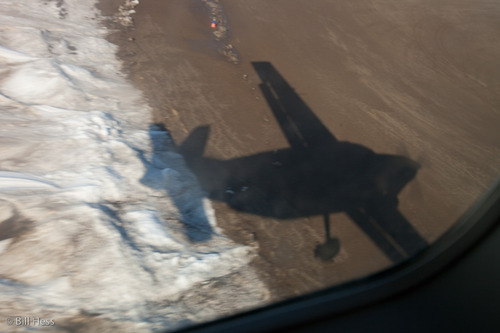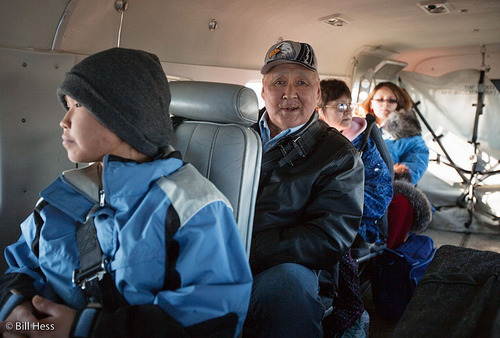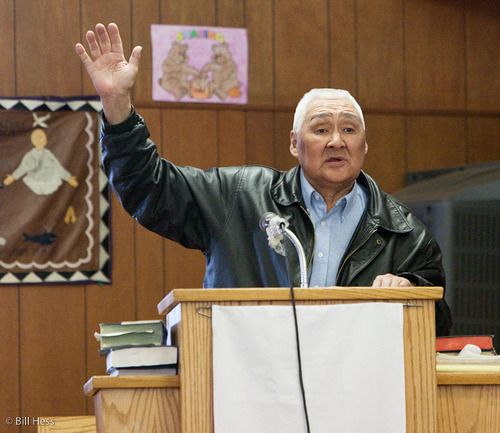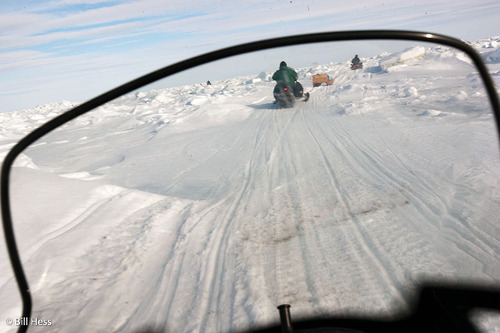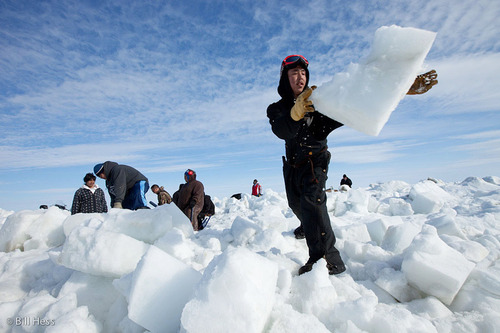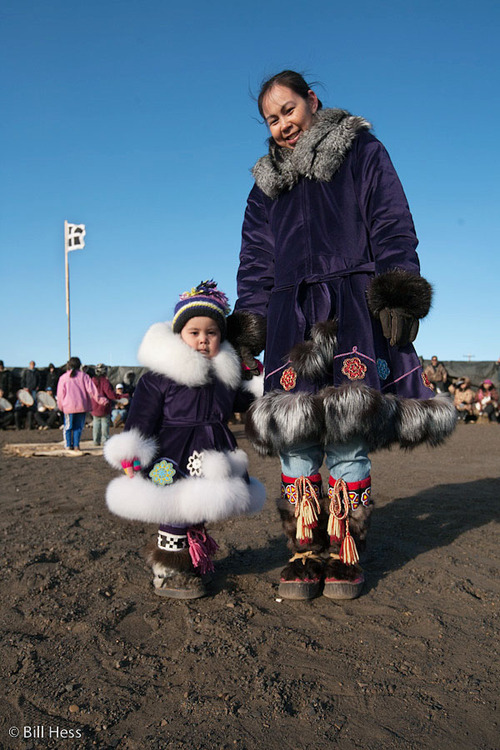The wedding of Rainey and B-III, part 2: final preparations - the food looks appetizing, the bride, groom and wedding party look sharp in their Iñupiat clothing
 Saturday, June 12, 2010 at 12:08PM
Saturday, June 12, 2010 at 12:08PM The plan had been to hold the wedding in a valley up in the mountains, where the cooks would gather early and prepare much of the food over cooking fires. They tell me that it was 85 degrees in Anaktuvuk Pass the day before I arrived. Some readers may find it hard to imagine that an Arctic community in the mountains can get that hot, but when a high pressure system settles in and the sun shines 24 hours a day, some would be amazed at how warm it can get.
Meanwhile, on the coast, in Barrow, it had been snowing and was cold and the tundra was still covered mostly in white.
But, as we have already seen, by the time I arrived, the weather in Anaktuvuk had cooled down considerably. The wedding day itself began with a hard wind blowing and a cold rain falling. That rained turned to snow which in turn hardened into a thin layer of ice upon the roof tops.
All the food preparation had to be done inside - not only in the home of B-3 and Rainey, but in other Anaktuvuk homes as well.
Here, Neva and Joe Hickman prepare lake trout caught up in the mountains for baking. In the background, Rainey consults with her sister, Angela on the final construction of the salmonberry wedding cakes.
Angela works on the cakes. Everyone is busy.
Angela spreads a salmonberry glaze upon the bottom layer of a salmonberry cake.
Not only guests, but fruit grown in much more southerly latitudes also came in on the planes that brought people and provisions to the wedding.
Elizabeth Marino uses a traditional Iñupiat ulu to cut watermelon.
No whales swim anywhere near inland Anaktuvuk, but the Iñupiat people share and trade all of their foods among themselves and so it happened that bowhead maktak - the black skin with a bit of blubber still attached - had come down from the coast. Cathy Rexford of Barrow uses an ulu to cut the frozen maktak.
For those who may be horrified at the thought of eating blubber, please note that it looks very different and is of a completely different consistency than is the fat of the farmed animals that most Americans are used to.
Whereas the cholesterol in farmed animals is the bad kind that clogs arteries and leads to heart attacks, the cholesterol in maktak is the good kind that cleans arteries and helps to prevent heart attacks. Maktak is also high in vitamin c. This is the food that The Creator put in the north for the people of the north.
And when one is in the north, when one gets past the food prejudices that one grew up with, one can discover that maktak tastes delicious and when the weather turns cool will actually grave it, for maktak warms the body in a way that lentils do not.
Jana Harcharek of Barrow also cut maktak.
Elvira Gueco, originally of the Philippines but now of Barrow, not only brought an Asian touch to the food, but a tropical one as well. She also prepared some chicken and caribou dishes in her Asian way and it would all prove excellent.
The bride mixes blueberries and salmonberries, picked from the tundra. She added a touch of freshly squeezed lemon juice.
Even now, when I think back to the wedding feast, I want more!
After it was prepared, the food was taken to the school gymnasium, where, in lieu of the mountain valley, the wedding would now be held. There is a Presbyterian Chapel in Anaktuvuk, but it is tiny and did not have enough space for the wedding.
The population of Anaktuvuk Pass, by the way, is a bit over 200.
As such, it is the largest human community located within in the entire Brooks Range, which stretches from the west coast of Northern Alaska all the way across into Canada's Yukon Territory.
Once the food was all prepared, the time came to prepare the bride and groom. There would be no tuxedoes or fancy gowns at this wedding - it was Iñupiat clothing, lovingly sewn. Casey Nay and B-III's sister Kayla do some touch-up's on the groom.
The wedding party has now moved into some school-teachers quarters across the street from the school, empty now for the summer. Rainey puts on her wedding mukluks, which she made from white wolf leg skins, moose hide, leather, and beads.
This is only the second pair of mukluks that she has made in her life.
Angela takes a look at her sister, dressed now in her wedding clothes. "Beautiful!" she proclaims. Sarah Hopson, a sister to the groom, agrees with a big smile.
Rainey removed her mukluks before crossing the street to the school so that she would not get mud on them. At the school, she puts her mukluks back on as B-III pulls on the pair that she made for him from caribou leg skins, black and white calf skin, red deer leather, and native tanned moose hide.
"Not bad for my first pair!" she writes on her own blog, Stop and Smell the Lichen.
As for the tradition that the bride and groom must not see each other on the day of wedding prior to the ceremony, that is a western formality that Rainey and B-III decided not to follow. Presbyterian Pastor Mary Ann Warden had come down from Barrow to perform the ceremony.
Reverend Warden always likes to have a prayer before the ceremony and this was the first time that she had been able to have one with the bride and groom together, rather than separate.
She liked it.
Members of the bridal entourage hold hands during the prayer.
Members of the groom's entourage hold hands during the prayer.
Now it is time for the procession to enter the gym turned wedding hall.
Yesterday, I stated that I would post the actual wedding today, but I was wrong, both because I had unexpected company (some of it still here in the form of Jacob, Kalib and Jobe) and because it is a pretty big task.
I will post the wedding tomorrow, barring any other significant distractions.
So be certain to come back.



































